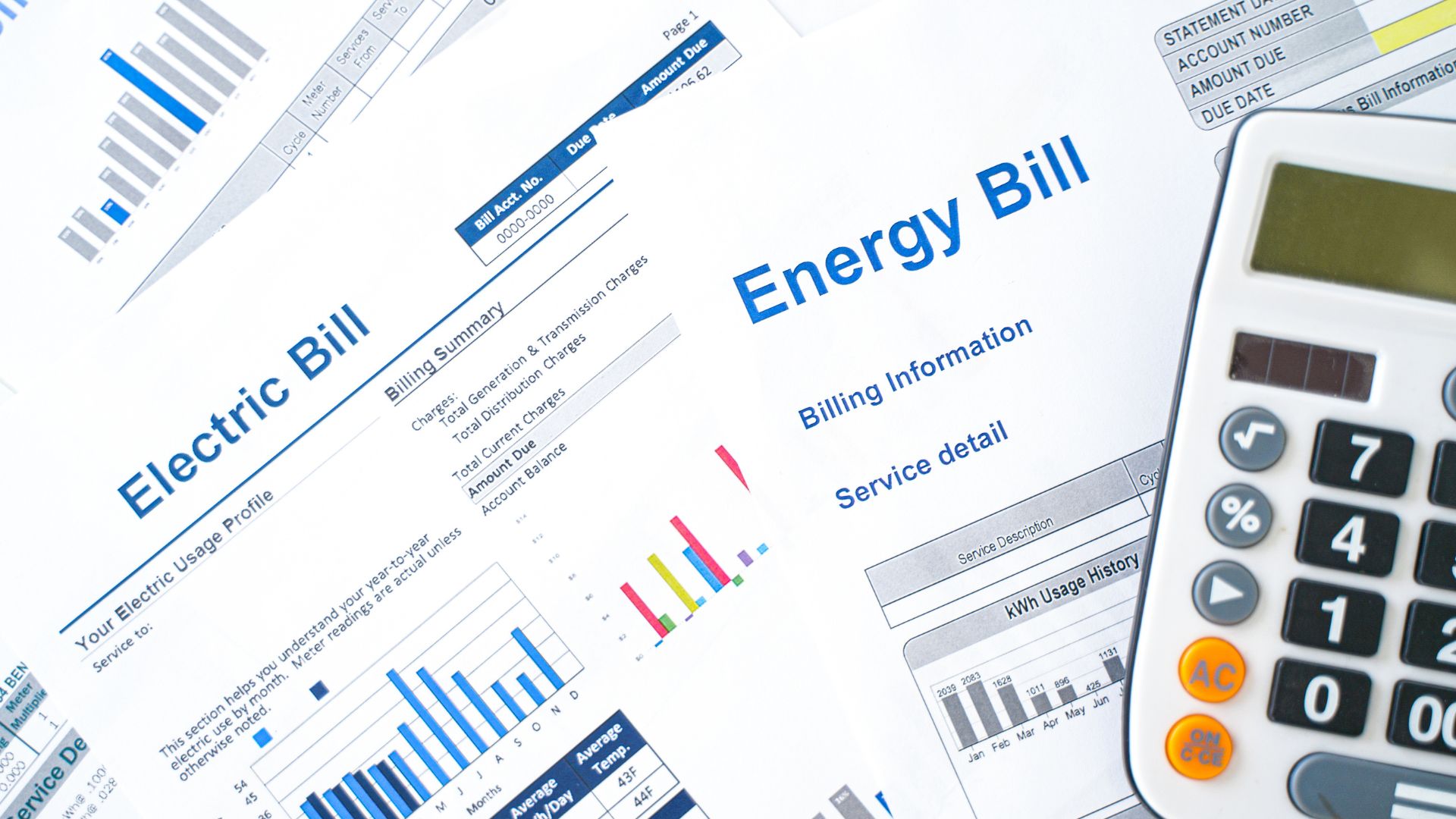What is an Invoice?
An invoice is a formal document sent by a seller to a buyer, requesting payment for goods or services provided. It includes details such as the items sold, quantities, prices, payment terms, and due date. Invoices are essential for tracking sales and managing accounts receivable.
- Purpose: To request payment from a customer.
- When issued: After goods or services are delivered, before payment is made.
- Key details: Seller and buyer information, itemized list, total amount, payment terms, due date.
What is a Bill?
A bill is a document that notifies the recipient of an amount owed for goods or services received. In everyday language, a bill is what the customer receives and is expected to pay. In accounting, "bill" is often used from the buyer's perspective, while "invoice" is from the seller's perspective.
- Purpose: To inform the customer of an amount due.
- When issued: Typically at the point of sale or after services are rendered.
- Key details: Description of goods/services, total amount due, payment instructions.
Invoice vs Bill: Key Differences
| Feature | Invoice | Bill |
|---|---|---|
| Who issues? | Seller | Seller (to buyer), but called a bill by the buyer |
| Perspective | Seller (accounts receivable) | Buyer (accounts payable) |
| Purpose | Request payment | Notify of amount owed |
| Common usage | Business-to-business, services, products | Utilities, restaurants, retail, services |
Why Does the Difference Matter?
Understanding the distinction helps you communicate clearly with clients and manage your finances accurately. Invoices are crucial for tracking what your business is owed, while bills help you keep track of what you need to pay as a customer.
How ezInvoice Helps
With ezInvoice, you can easily create and send professional invoices, track payments, and manage your billing process—all from your mobile device. Simplify your business finances today!
